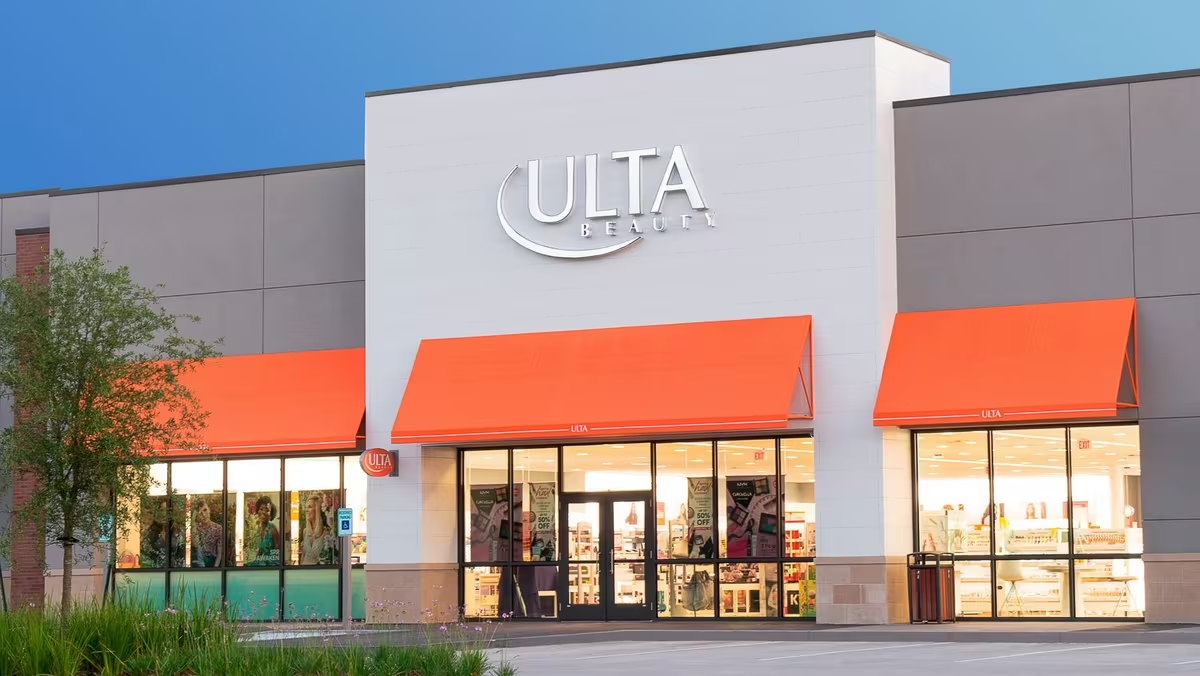Jill Sando has been with Target for 28 years, working her way up from a buyer in the intimates department to chief merchandising officer of the company. Sando is responsible for Target’s multi-billion-dollar in-house brands, as well as big collaborations with brands like Kate Spade and Levi’s. At the Glossy E-commerce Summit in Miami on Tuesday, Sando spoke with Glossy editor-in-chief Jill Manoff about how she tackles those disparate parts of the business.
Sando cited Target’s recent collaboration with Kate Spade, which launched in April, as a perfect example of how it’s working with brands. The collaboration was far-reaching, including everything from apparel to home decor to a custom bicycle. The marketing included both IRL launch events at Target stores and collaborations with content creators like Allie Provost and Reagan Baylee.
“We started with a digital lookbook that gave people chance to see the range of the collection,” Sando said. “The theme was that the party is where you are, so the whole thing was very festive. And we wanted it to be like a party, which means we wanted people in the store. So for the first time, we had store-only items to give people an extra reason to come into the store.”
The Kate Spade collaboration was one of Target’s largest launches ever, and the 300-piece collection helped lead to Target’s largest launch week sales for a collection in over a decade. Target has ambitious plans to grow its sales by $15 billion by 2030.
Target also collaborates with brands like Levi’s and has announced an upcoming collaboration and shop-in-shop with Champion and Warby Parker, respectively. Sando said IRL events and activations are an increasingly key part of bringing these partnerships to life.
“We’ve started to experiment with events,” Sando said. “Last year, we worked with Diane von Furstenberg and had artists come into select stores who could sketch you wearing one of DVF’s wrap dresses.”
But designer collaborations are just one part of Target’s business. Another major component is Target’s own brands, several of which generate sales of over $1 billion.
“Some of our brands are the some of the biggest brands in their categories,” Sando said. “Cat & Jack, our kids brand, is one of the biggest kids brands in the world.”
Target has more than 45 private-label brands, which make up a significant chunk of the business. Together, they contribute more than $30 billion annually to Target’s revenue, a third of the company’s total sales.
Outside of collaborations with big brands and Target’s private labels, even smaller brands have an important role in Target’s business, Sando said.
“We’ve had tremendous success bringing DTC brands into the store and helping them get exposure,” Sando said. “We launched the bedding brand Parachute a few weeks ago and the response was fantastic. It lifted our whole bedding business. We have our own bedding brand, Casaluna, and Parachute lifted Casaluna. Every brand can bring its own level of credibility to key spaces.”




